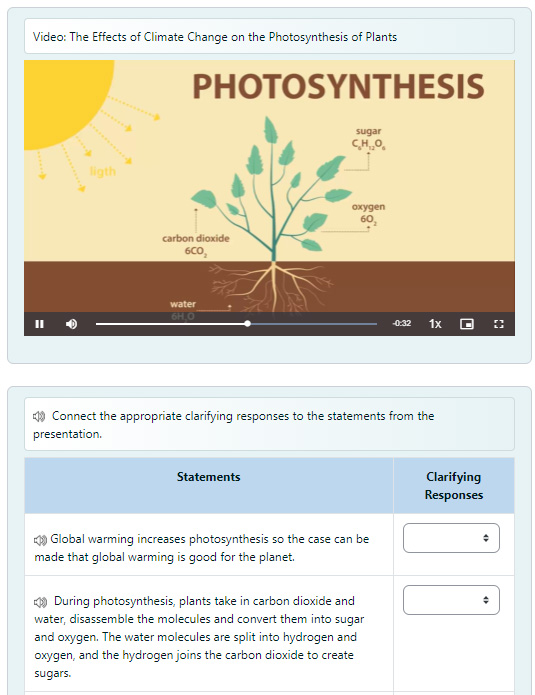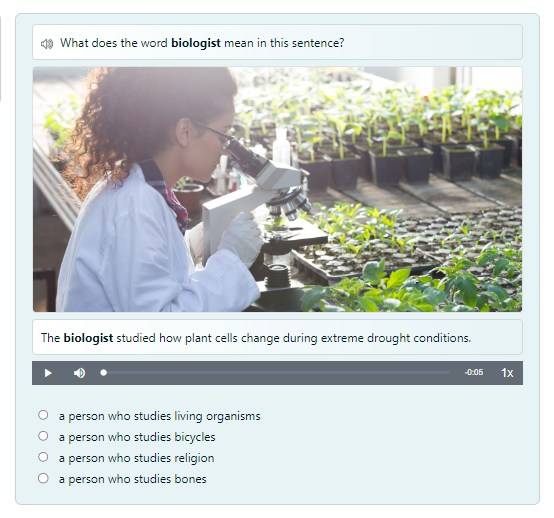3 Essential Tips to Help ELLs Navigate the Core Content Classroom
One can argue that enabling English learners to unpack academic content and apply academic language are critical objectives for ELD educators. That’s because a student’s continued academic progress and ultimately, his or her ability to graduate, hinges on having these skills. However, as a former secondary-level educator of ELs, one of my biggest struggles was collaborating effectively with my general education peers to help our mutual students reach these objectives. I've often found that a lack of time for shared planning periods together with misconceptions about our respective roles can hinder our ability to work together successfully. Without strong collaboration between these two teams, English learners may face unnecessary obstacles in making academic progress.
If you’re like me and find it challenging to align lesson planning efforts with your colleagues, I want to share three strategies that have helped my English learners navigate their core content classrooms more confidently — even without the direct support of content area teachers.

1. Equip Students with Academic Language
One of the foundational elements in preparing and equipping ELs for success in content classes is to ensure they have a firm grasp of academic vocabulary and language. These are the subject area-specific terms, words, and language structure and function needed to fully grasp the concepts taught in their Math, Science, and Social Studies classes.
In my classroom, I integrated regular vocabulary-building exercises tailored to different subjects. For instance, we focused on terms like “hypothesis” and “experiment” to build science-related vocabulary. We also explored phrases like “democratic process” and “civil rights” to prepare students for discussions in their American History class. With practice and reinforcement, students become more adept at understanding and engaging with content. I even dedicated some space in my class for a “working word wall,” so these terms were always available for students to reference.
2. Pre-Teach Instructions
Another essential skill for ELs is understanding both verbal and written instructions. In content classes, teachers often deliver complex verbal instructions and assign written work containing vocabulary ELs find difficult to comprehend. Non-native English speakers can struggle with understanding what tasks they are asked to perform, and many times, they are too intimidated or embarrassed to ask clarifying questions. Therefore, I dedicated time to pre-teaching instructions and related vocabulary, such as ordinal numbers, and imperative verbs to support my English learners. I even provided examples of the types of instructions found in any given content course.
Of course, instructional language also exists in ELD classes. Start by ensuring students understand the instructions you provide verbally (e.g., “Study the words on page five to prepare for a quiz tomorrow.”), even if you have to repeat it multiple times or ask students to repeat it. Also, remember to review the instructions and work through one or two models of an assignment or writing task. Understanding directions not only enhances academic performance but also fosters a skill that can be helpful throughout life.
3. Increase Exposure to Concepts Found in Content Classes
English learners benefit significantly from exposure to core content topics in their ELD classes. By introducing academic concepts students will likely encounter in their subject classes, EL educators can help reduce anxiety and promote more engagement as what students learn in ELD can be applied directly to their content classes.
For example, I would introduce topics like figurative language, drawing conclusions, and forming an opinion that students will see again in their English Language Arts (ELA) classes. Along these same lines, I would look for resources with visuals and language used in math and science classes, such as Venn diagrams, geometric shapes, test tubes, and microscopes. I would also show and discuss simple math word problems so students can see how the English language “lives” in math.

Closing Thoughts
It’s no secret that there isn’t enough time in the day in our packed schedules. While collaborating with content-area teachers on how to work with English learners is ideal, finding the time for this collaboration is not always possible. Regardless, as teachers we need to continuously advocate for our English learners and ensure they are getting the support they need to access critical information taught in their core academic classes. This includes transferring academic vocabulary, introducing the language skills and patterns required to comprehend directions, and exposing students to different subject matter content as we teach language.
This will help ensure English learners meet (or exceed) academic requirements and graduate. We can’t control what happens outside the doors of our classroom. Inside our four walls, however, we can give our English learners the tools they need to be successful.
"As educators, we need to continuously advocate for our English learners and ensure they are getting the support they need to access critical information taught in their core academic classes. "
 About the Author
About the Author
Mary Purcell is a certified teacher and administrator in the states of New Jersey and Delaware with a Master’s in Educational Leadership and School Business Administration. She spent the better part of a decade teaching Literacy, History, and Health to middle school English Language Learners in an inclusion classroom. With a passion for education, she is an active contributor to Language Tree Online. For more information, connect with her on LinkedIn.